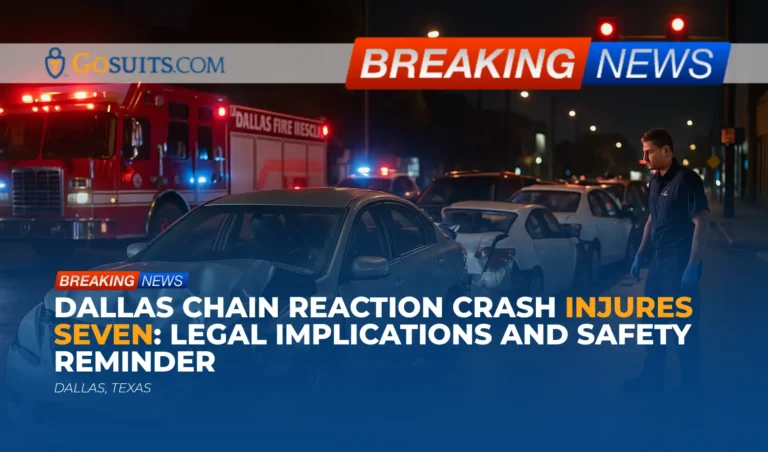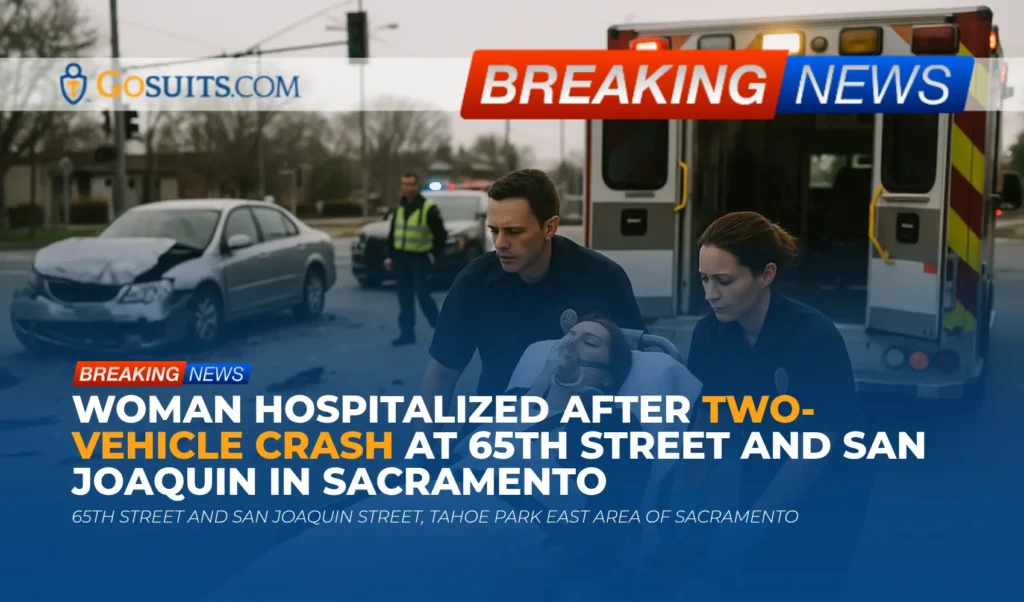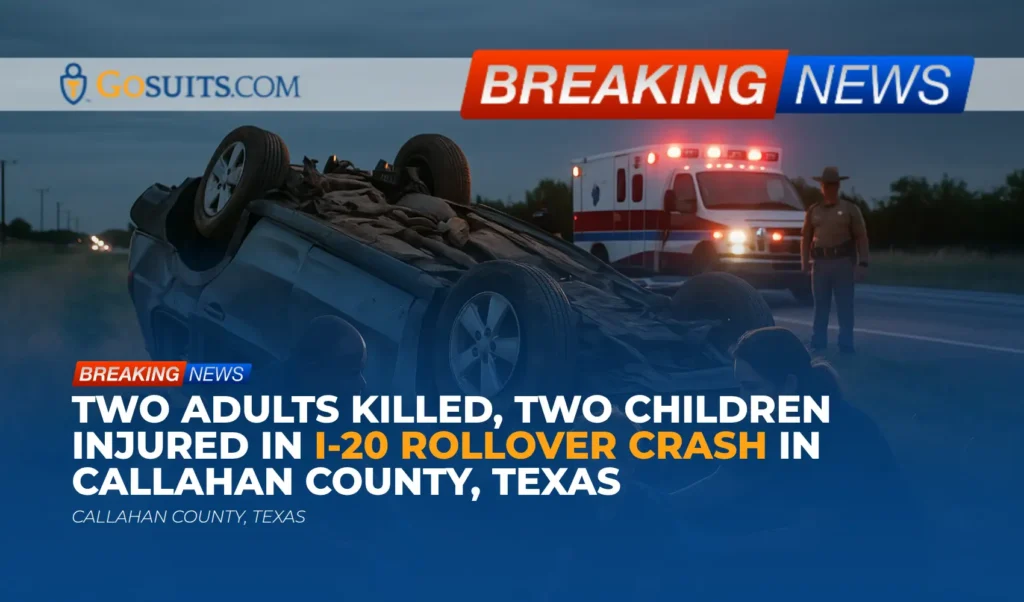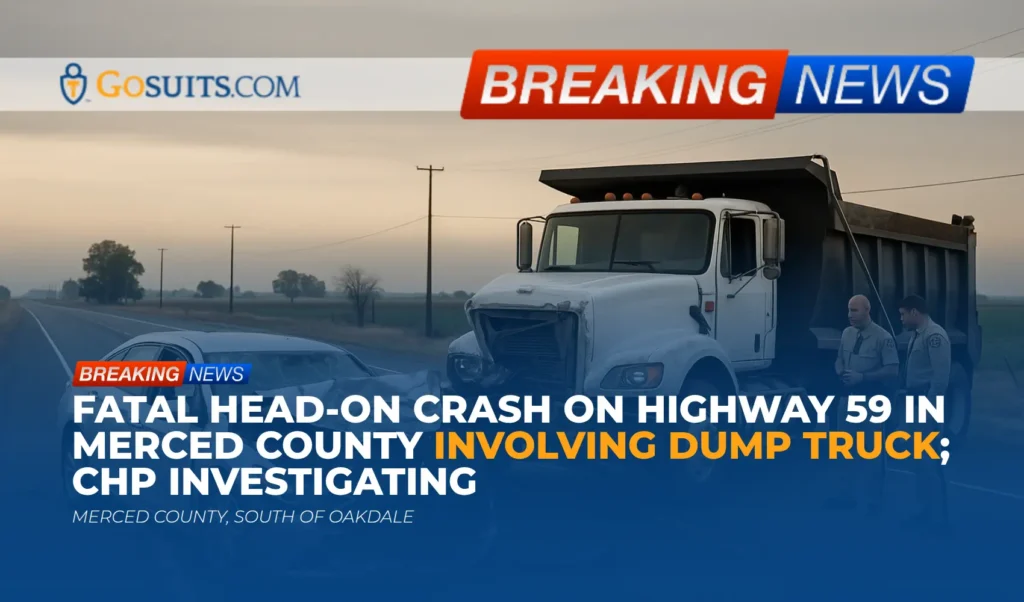A major chain reaction crash in Dallas, Texas, on Saturday night has left seven people injured, with one driver in critical condition. The incident, which occurred near the intersection of North Tyler Street and West Davis Street, is a stark reminder of the potential for serious harm on our roadways and raises important legal questions regarding liability and victim rights.
Incident Overview
According to the Dallas Police Department, the crash occurred just before 11 p.m. Preliminary investigations suggest that a driver crashed into a vehicle that was stopped at a stoplight. This initial impact triggered a chain reaction, involving two additional vehicles also waiting at the intersection.
Dallas Fire-Rescue crews responded to the scene and transported seven individuals to local hospitals. Six victims were reported to be in stable condition, while the suspected driver who initiated the collision is in critical condition. The Dallas Police Department is currently investigating the circumstances leading up to the crash, and further details are expected as the inquiry progresses.
Legal Considerations in Chain Reaction Collisions
Chain reaction crashes, also known as multi-vehicle collisions, present unique challenges when determining liability and pursuing personal injury claims. In these incidents, it’s crucial to establish the sequence of events and identify the primary cause of the accident.
Establishing Negligence: In personal injury law, negligence is a key factor in determining liability. Negligence occurs when a person’s actions or omissions fall below a reasonable standard of care, resulting in harm to another. In the context of a car accident, this could involve actions such as:
- Distracted driving (texting, eating, etc.)
- Driving under the influence of alcohol or drugs
- Speeding or reckless driving
- Failure to obey traffic laws (running red lights, stop signs)
Determining the At-Fault Party: In a chain reaction crash, multiple drivers may bear some degree of fault. However, the driver who initiated the collision is often considered primarily responsible. This is because their actions set off the chain of events leading to the subsequent crashes.
Texas Comparative Negligence Law: Texas follows a modified comparative negligence rule. This means that an injured party can recover damages even if they were partially at fault for the accident, as long as their percentage of fault is not more than 50%. However, the amount of damages they can recover will be reduced by their percentage of fault. For example, if a person is found to be 20% at fault for the accident, they can only recover 80% of their damages. If they are found to be 51% or more at fault, they cannot recover any damages.
The Role of Insurance: Car insurance plays a crucial role in compensating victims of car accidents. In Texas, drivers are required to carry minimum levels of liability insurance, which covers damages they cause to others in an accident. When a driver is found to be at fault for a chain reaction crash, their insurance company may be responsible for paying for the damages incurred by the other victims, up to the policy limits.
Types of Damages in a Car Accident Claim
Victims injured in a car accident may be entitled to recover various types of damages, including:
- Medical Expenses: This includes the cost of emergency treatment, hospitalization, surgery, medication, physical therapy, and other medical care.
- Lost Wages: If injuries prevent a person from working, they may be able to recover lost wages for the time they have been unable to work, as well as future lost earnings if their injuries result in long-term disability.
- Property Damage: This covers the cost of repairing or replacing a damaged vehicle.
- Pain and Suffering: This compensates for the physical pain and emotional distress caused by the injuries.
- Other Damages: Depending on the circumstances, other damages such as disfigurement, impairment, and loss of enjoyment of life may also be recoverable.

Importance of Thorough Investigation
In chain reaction crashes, a thorough investigation is crucial to accurately determine the cause of the accident and identify all liable parties. This may involve:
- Police reports
- Witness statements
- Accident reconstruction analysis
- Review of traffic camera footage
- Examination of vehicle damage
A seasoned personal injury attorney can assist in conducting a comprehensive investigation to build a strong case on behalf of the injured party.
Safety Reminders for Drivers
This tragic incident underscores the importance of safe driving practices to prevent accidents and protect lives. Drivers should always:
- Avoid distractions while driving.
- Obey traffic laws and signals.
- Maintain a safe following distance.
- Adjust driving to weather conditions.
- Never drive under the influence of alcohol or drugs.
By prioritizing safety and practicing responsible driving habits, we can reduce the risk of car accidents and the resulting injuries and fatalities.

Commentary from Gosuits Dallas, Texas Personal Injury Attorney
The chain reaction crash in Dallas serves as a somber reminder of the devastating consequences that can arise from negligent driving. Victims of car accidents, particularly those involved in complex multi-vehicle collisions, often face significant challenges in navigating the legal process and securing the compensation they deserve. Understanding your rights and the legal options available is essential in such situations. If you or a loved one has been injured in a car accident, it’s crucial to seek guidance from a qualified personal injury attorney who can help you understand your rights and pursue the compensation you deserve.






